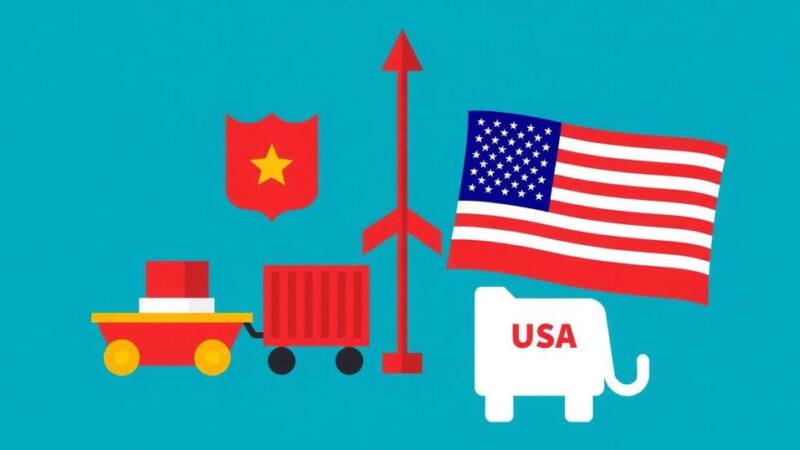Brazil’s gross debt-to-GDP ratio dropped to 75.3% in January, below market expectations. Contributing factors included net debt redemptions and nominal GDP growth. The public sector recorded a primary surplus of 104.096 billion reais. President Lula’s administration aims for a zero primary deficit this year.
In January, Brazil’s gross debt-to-GDP ratio decreased unexpectedly, standing at 75.3%, a drop from 76.1% in December. This figure is notably lower than the anticipated 76.2% as projected by a Reuters poll of economists. The central bank attributed the 0.8 percentage-point reduction in the ratio to net debt redemptions and the influence of nominal GDP growth.
The public sector reported a primary surplus of 104.096 billion reais (approximately $17.92 billion) for January, slightly exceeding the predicted surplus of 102.135 billion reais. This brings the 12-month rolling deficit to 0.38% of GDP. The central government registered a deficit of 0.37% of GDP for the same period. President Luiz Inacio Lula da Silva’s administration aims to achieve a zero primary deficit this year, with a slight tolerance of 0.25% of GDP.
Overall, these developments indicate a positive change in Brazil’s fiscal parameters, showcasing effective management leading to lower debt levels. The administration’s commitment to fiscal stability is evident as they strive towards a balanced budget. This reduction in the debt ratio is a significant indicator of improving economic conditions in Brazil.
Brazil’s gross debt-to-GDP ratio fell unexpectedly in January to 75.3%, below expectations. The decrease is attributed to net debt redemptions and GDP growth. Additionally, the public sector achieved a primary surplus of 104.096 billion reais, contributing to a 12-month rolling deficit of 0.38%. President Lula’s government targets a zero primary deficit this year, reflecting a commitment to fiscal discipline.
Original Source: www.tradingview.com






